Deadly trap: rotting in the bottom of the aquarium!
What actually happens to uneaten food in the shrimp aquarium? Shrimp are not the most sedate eaters, and if you observe them more closely while they are eating, you will quickly see that they crumble around quite a bit while crushing the food and that a large amount of small food shreds just flies away when a shrimp is eating. Many food sticks are also only moderately stable in water, they begin to disintegrate relatively quickly and the smaller crumbs then gradually crumble into the substrate. The larger the substrate in the shrimp aquarium, the faster and deeper the food remains can settle down - to depths where no shrimp can reach them. There, these organic remains can accumulate, and over time they begin to decompose in the substrate.
Hydrogen sulfide formation and germ pressure increase
Deep in the soil, the oxygen supply is usually only moderate, and so anaerobic processes get going very quickly. Putrefaction leads to the formation of hydrogen sulfide, a gas that is both water soluble and highly toxic! In addition, a high organic load in the water can promote the growth of pathogenic bacteria - the germ load increases. This gives us a double whammy in the shrimp tank, and many a shrimp die-off is caused here. Rotting substrate in the shrimp aquarium is a real time bomb!
Avoiding rotting in the aquarium - mulching
For a long time the theory circulated in the relevant forums and even partly in books that in aquariums with shrimps no mulm should be vacuumed at all, because shrimps like to eat mulm. Unfortunately, this is the way to go - mulm and food residues sink into the substrate and it becomes compacted. Anaerobic zones form and the disaster takes its course. It is therefore best to vacuum the substrate thoroughly, especially at the feeding station, at regular intervals during each water change. A mulm bell is particularly suitable for this, because it sucks up fine particles, but leaves the gravel largely in the aquarium.
Mulming becomes difficult in aquariums with dense foreground planting, where it is no longer possible to reach the gravel with the mulmglocke.
Avoiding mud spots in the aquarium - snails
Often Malayan Turmdeckelschnecken (Melanoides tuberculatus), Genoppte Turmdeckelschnecken or Nöppis (Tarebia granifera) and Stachel Turmdeckelschnecken (Mieniplotia scabra), Black TDS (Melanoides maculata) and Co. are recommended as prevention against Gammel in the substrate. This is in itself a very good tip - TDS work their way into the substrate and live mostly hidden in the substrate, where they eat food remains and loosen the soil by their digging activity.
It should be known, however, that the blanket snails generally dig only about 3-5 cm deep and that substrate in a higher layer thickness in the lower areas can then still begin to rot. Also, in soft water tanks, the blanket snails often have problems with the shell, and in very hard, heavy substrates such as the popular basalt chippings, they do not get everywhere. In general, they tend to get sloppy from time to time and "miss" spots - and as soon as it starts to rot, they don't go there at all.
Also in aquariums with foreground planting, tower cap snails should be treated with caution - many foreground plants such as Cuba dwarf pearlwort, Marsilea or Glossostigma have very fine, short roots, they lose their grip every now and then due to the digging activity of the snails and then float up.
Avoiding slime patches in the aquarium - substrate
By the choice of the bottom ground you can already avoid gammel quite well. Soil can be covered with a layer of fine-grained Powder Soil, for example, and the food particles will no longer get between the grains.
You should be careful with very fine-grained top layers and very coarse-grained subsoil - here it can happen that the top layer then migrates between the subsoil, the thing becomes compacted and you have again foul spots that become anaerobic.
Many shrimp breeders have either no substrate at all in their aquariums or only a very thin layer of aquarium gravel or Soil with a maximum thickness of two to three grains. Here, naturally, nothing collects in the depth either, because there is no depth. In this way, uneaten food can be sucked off practically completely. This solution is optimal for keeping the aquarium clean, but unfortunately it is no longer possible to plant such an aquarium. Unfortunately, the roots of the plants can no longer find a foothold in the thin layer.
If an aquarium with little or no substrate is to be planted, you can use perching plants such as aquarium mosses and water ferns or bucephalandra, which are tied onto root pieces, or fill small clay pots with soil and then plant them.
Avoiding pooling in the aquarium - bottom flooding
A well oxygenated substrate will not become anaerobic as quickly. By using a bottom fluter (which admittedly seems to be a bit out of fashion), you create a circulation of water in the bottom so that relatively oxygenated water is always coming in from above. A bottom float is a heating cable that is laid at the bottom of the aquarium and heats the water minimally. Warm water rises to the top, cool, oxygenated water flows in from the higher water layers in the aquarium and the bottom is thus always flowed through. This provides oxygen to the bottom bacteria and they can continue to break down pollutants aerobically.
Avoiding sludge in the aquarium - bacteria
Bacteria break down organic debris in the substrate. With a vibrant, vital bacteria blend like the one found in NatureHolic Ground Booster, you can effectively prevent rotting spots in the bottom of your aquarium and excessive mulm formation. Simply add when setting up your aquarium. In addition to active bacterial cultures, GroundBooster provides a bacteria-friendly environment that supports microbes in their important work.
Preventing aquarium sludge - Plants
Many fast-growing plants with a high uptake of nutrients through the roots also provide a favorable soil climate and thus promote the settlement of the beneficial aerobically working bacteria. This also effectively prevents rotting soil. It is also important for the plant roots to have a non-compacted soil into which the oxygen-rich water from the higher water layers can easily penetrate.
Avoiding pooling in the aquarium - Placement of decoration in the aquarium
Decorative objects for the aquarium, such as roots or stones, can strongly compact the substrate. Often, severe rotting occurs under these objects, the substrate turns black and stinks. The water flow causes a particularly large amount of mulm and dirt to collect here, which can sink into the bottom around the roots.
It is better to place the roots and stones directly on the bottom plate of the aquarium and then add the gravel or soil. If a root stuck in the substrate does not fit at all with the layout of the aquarium, you can also place the decoration on a substructure. However, it is important that the substructure is smooth and has no holes (perforated bricks, for example, are not so suitable, but Poroton is).
Preventing pooling in the aquarium - food bowls
Feeding bowls made of ceramic or glass are also often recommended for feeding corners in the aquarium. Here, with the help of a feeding tube, the food is placed specifically, and in theory, the shrimp then eat their food here. If they crumble in the food bowl, nothing happens. The food remains will also be eaten at some point and can't move out of reach into the substrate.
When setting up the food bowl, however, you should pay attention to a few things: The substrate underneath must be absolutely clean - so, if necessary, remove it completely by vacuuming for a short time and make it new, or place the bowl on an impermeable base as recommended above for the roots, stones and other aquarium decorations. Otherwise, you risk the formation of rot directly under the food tray, which is precisely what it is supposed to prevent!
It is also important that here each aquarium should get its own feeding tube, so that possible diseases are not carried over from one tank to the other.
In shrimp-only aquariums, feeding with a feeding bowl can go a long way. To prevent food grains from being carried away, you should set up several feeding bowls at appropriate stocking densities and feed sufficiently so that there are no fights over food. As soon as Amano shrimps or crayfish are involved, the food bowls are unfortunately useless, because these larger creatures carry the food around in the aquarium in any case and thus naturally also distribute it everywhere.
Avoiding pools in the aquarium - feeding troughs
A very elegant alternative to the feeding tray on the aquarium gravel or soil is a glass partition in the foreground, the so-called feeding trough. It can be easily realized in new aquariums with the help of a glass strip and some aquarium silicone, but there are also ready-made solutions that only need to be installed in the running aquarium.
To build a feeding trough, simply glue a glass strip along the entire length of the aquarium in the foreground at a distance of about 4 or 5 cm from the front pane. The glass strip is cut slightly higher than the planned substrate. The edge is so high that nothing is carried away, and you can easily vacuum up uneaten remains after some time.
For very large aquariums, you can also design only one of the front corners as a feeding corner, for which you then need two glass strips at the height of the planned substrate plus about 1-2 cm and a corresponding length that corresponds to the desired size of the feeding place.

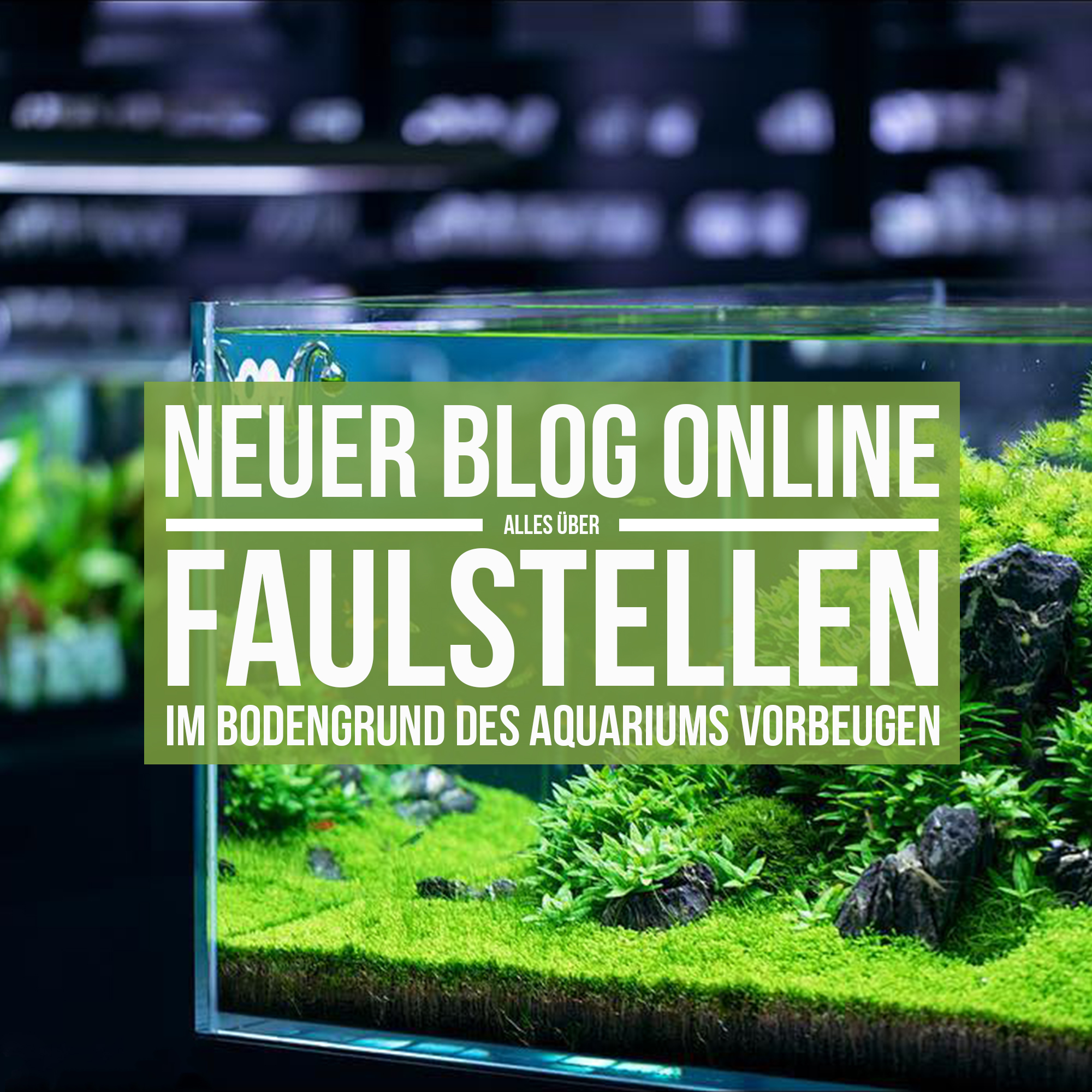
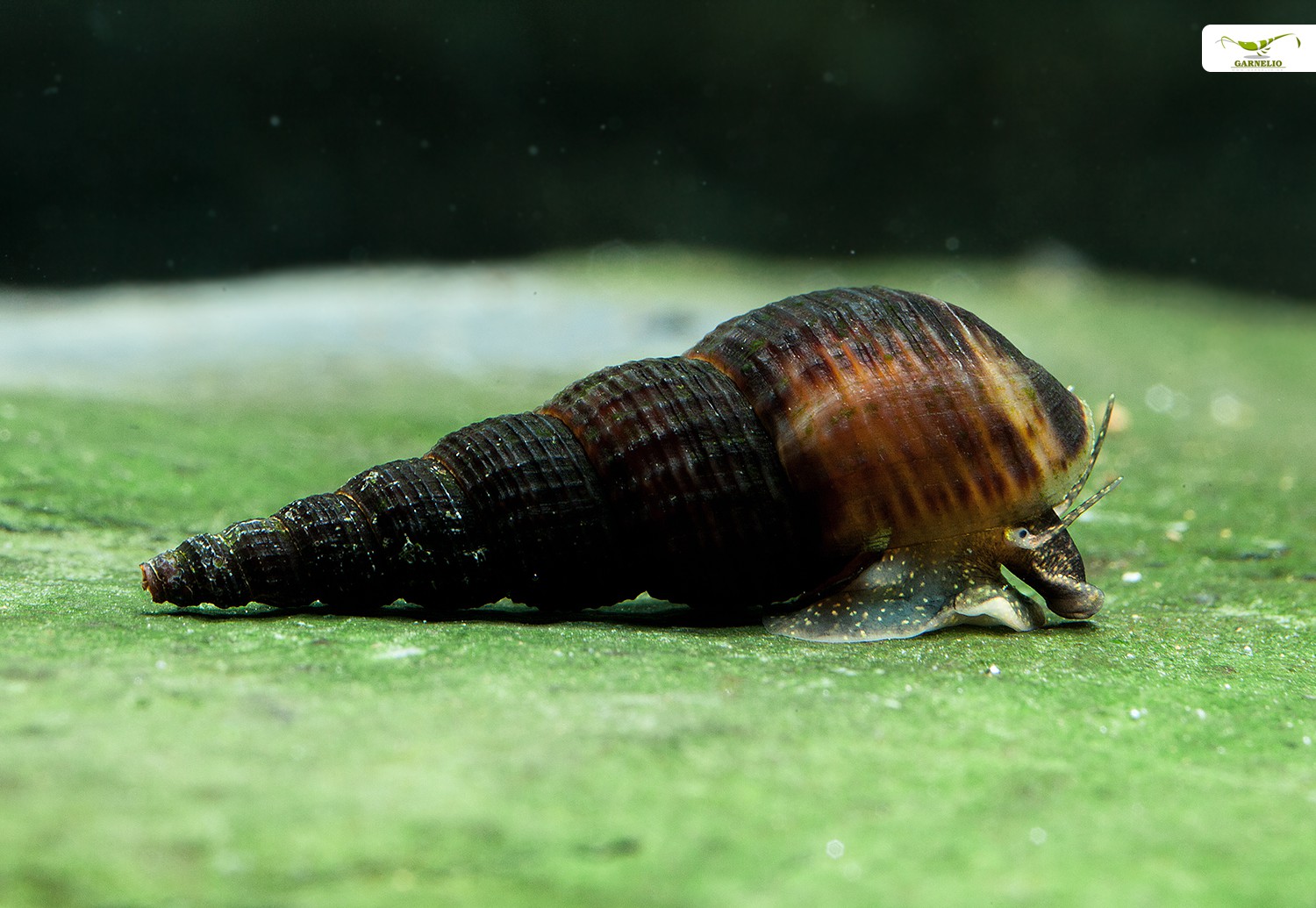
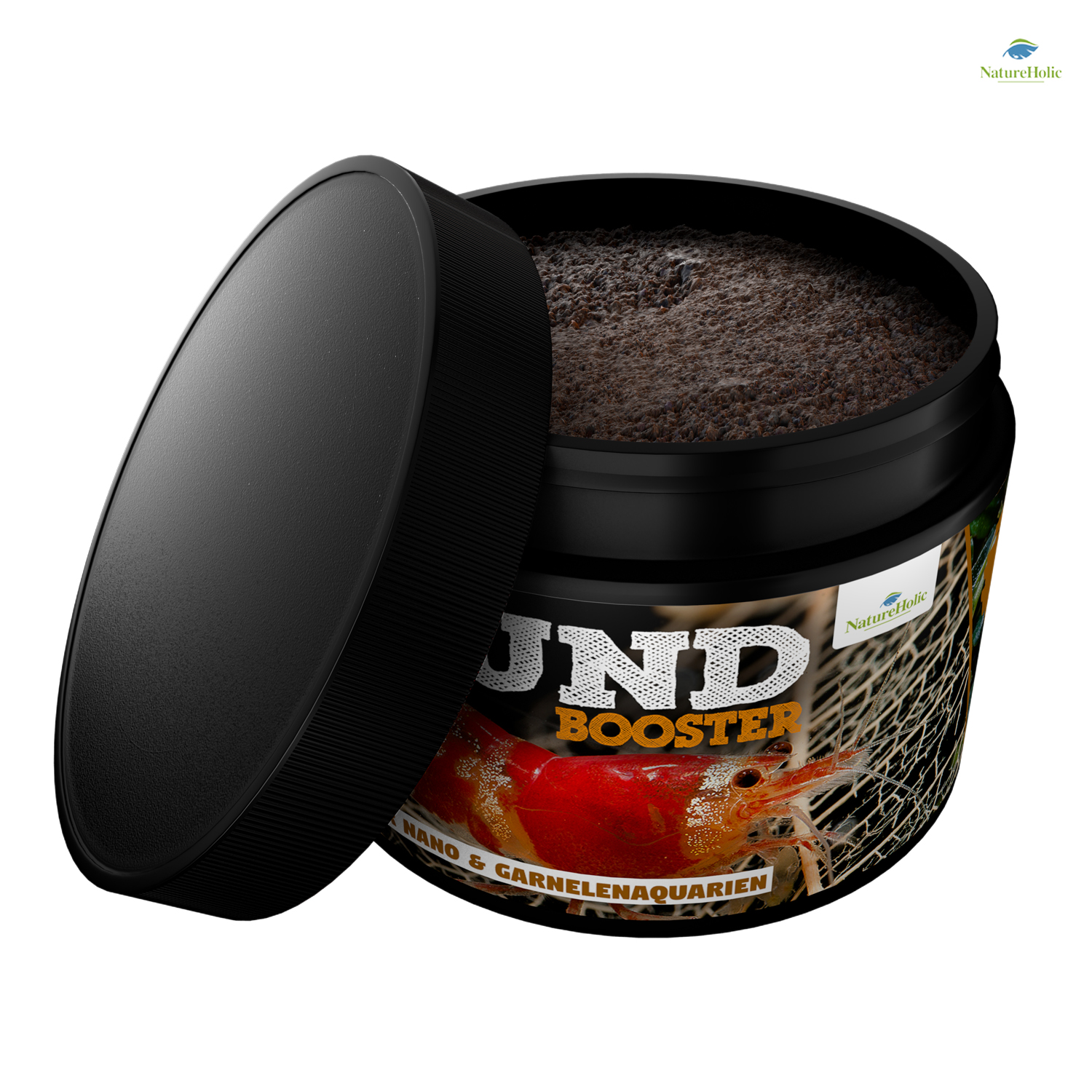
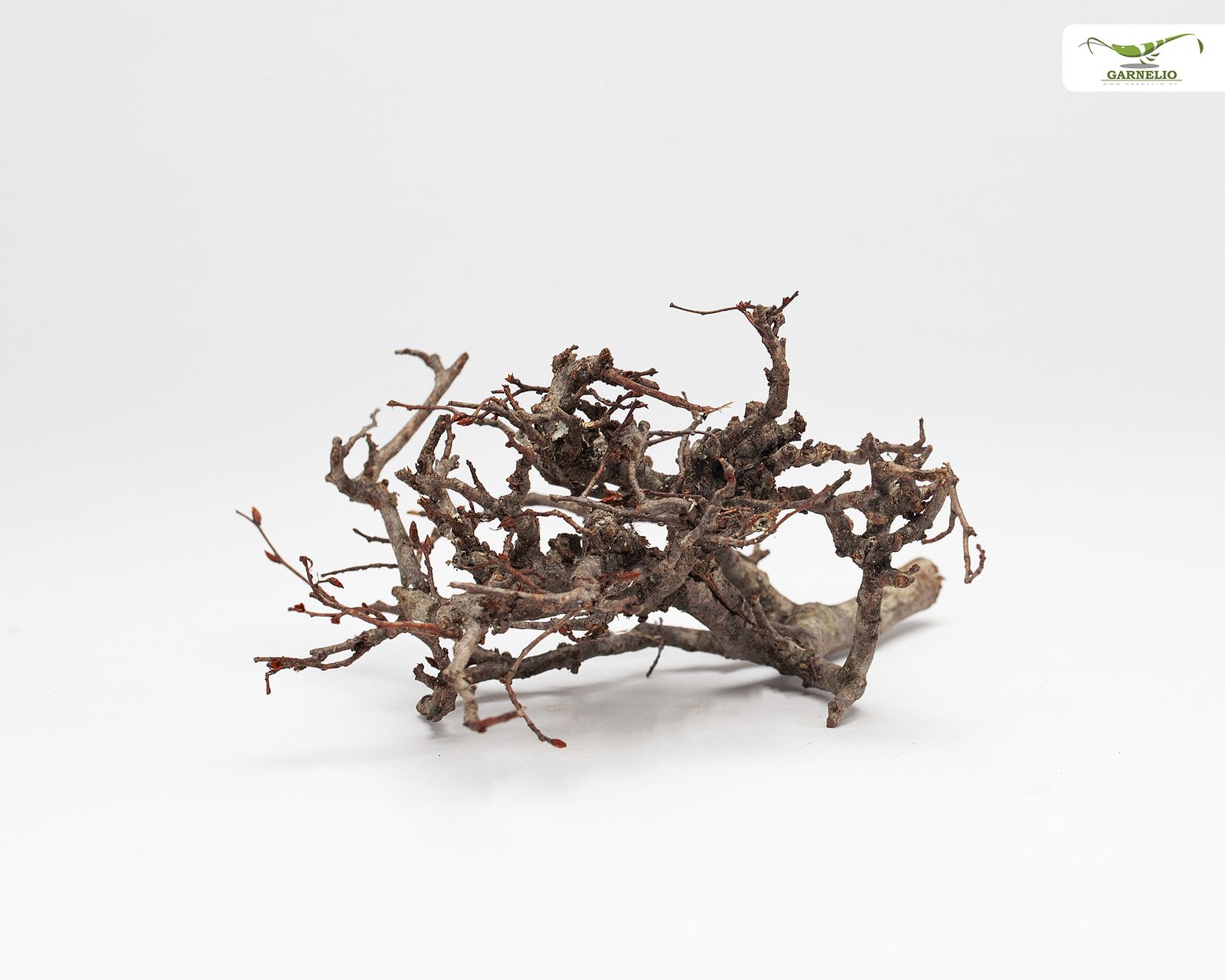
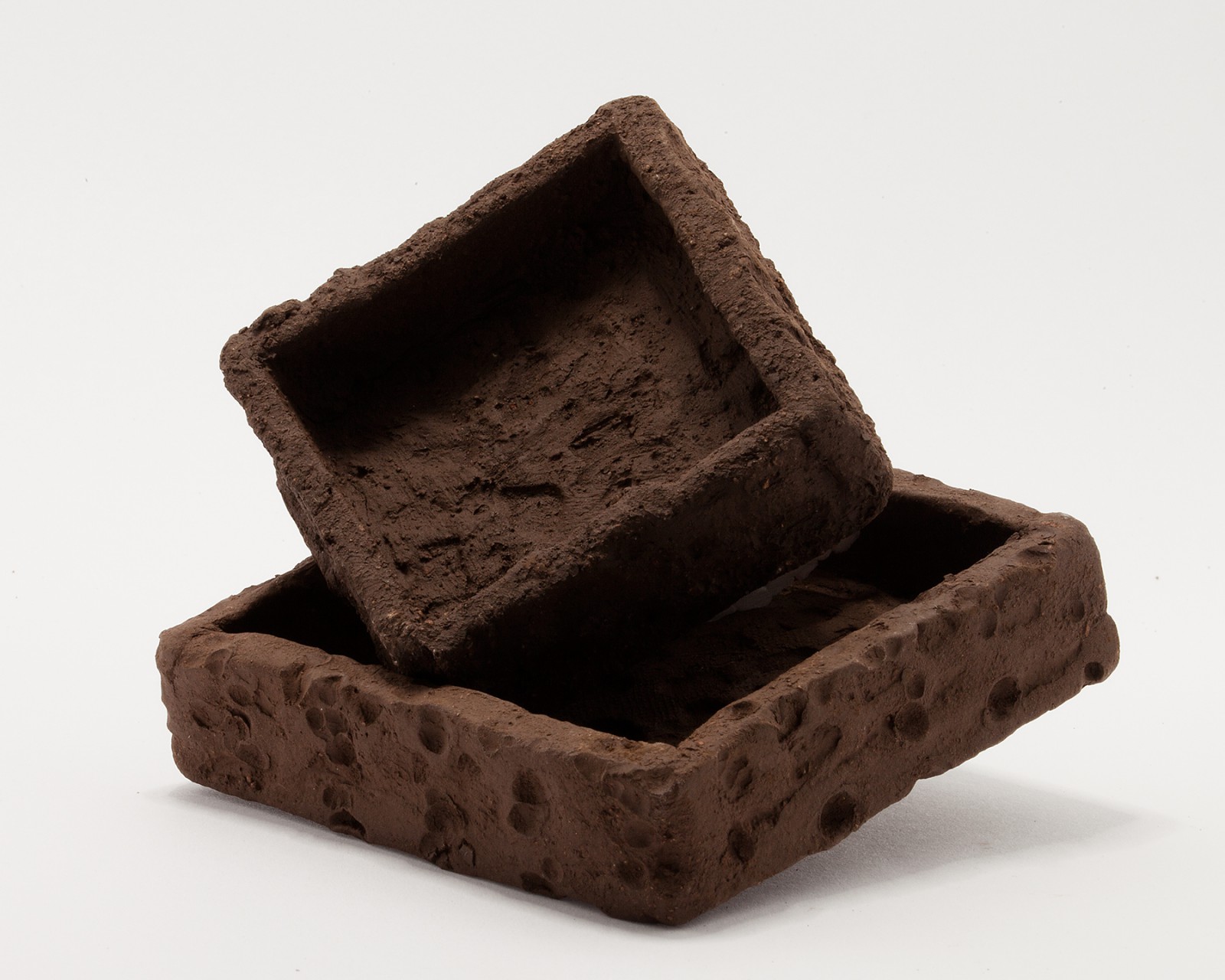
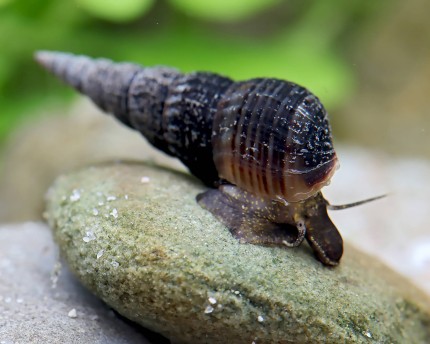
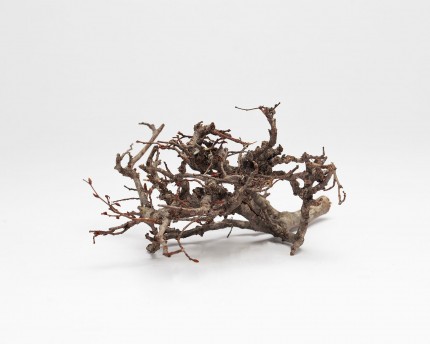
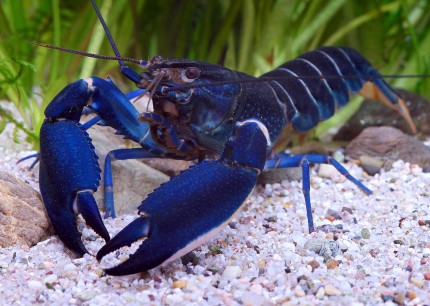
Muschel als Futterschale
Wir haben im Garnelenaquarium 2 große Muscheln (eine Herzmuschel und eine, von der ich den Namen nicht weiß) auf dem Boden liegen. Sie eignen sich ideal als Futterstellen, auch weil man die Garnelen beim Fressen vor dem weißen Hintergrund sehr gut sehen kann. Unser Kies ist recht bunt.